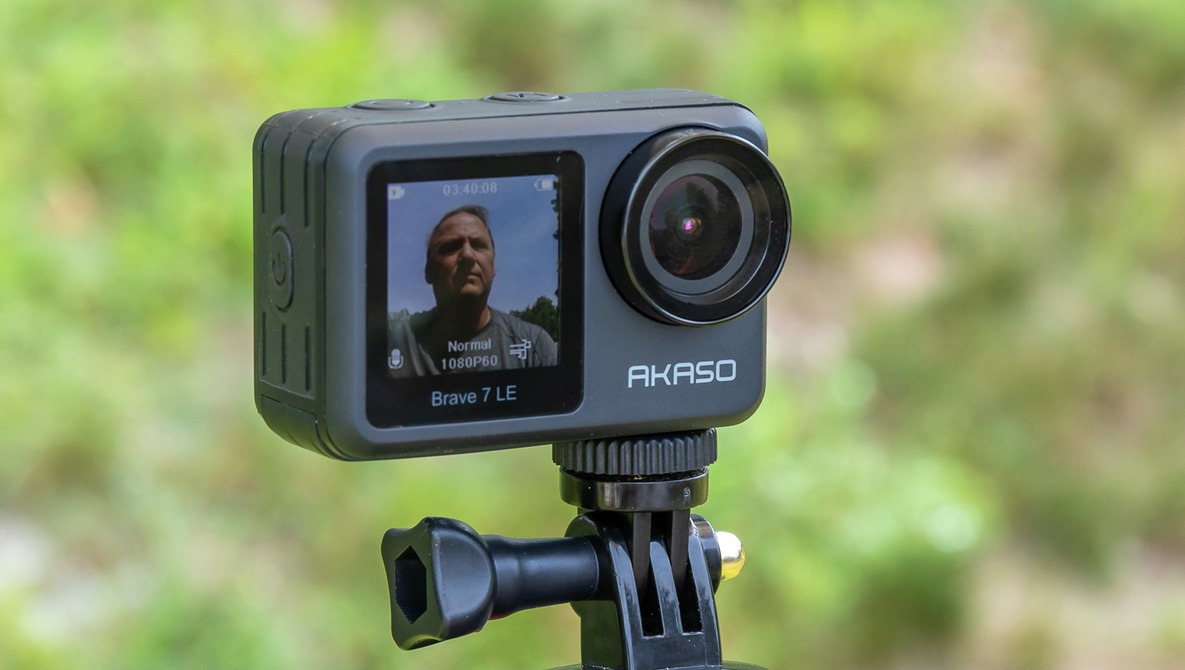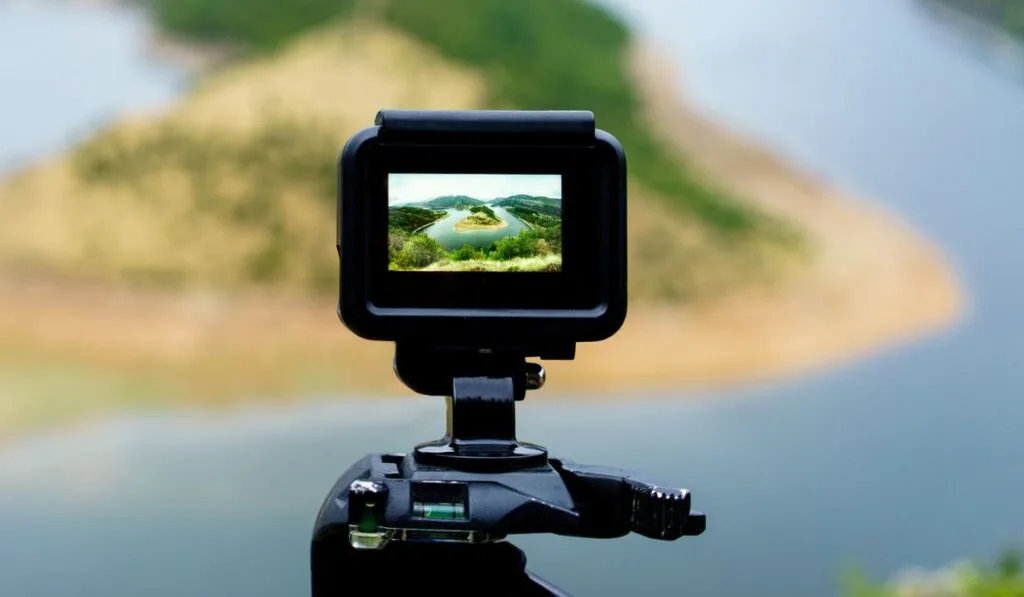How to Attach Action Camera to a Drone: A Step-by-Step Guide for Photographers
In today's fast-paced world of photography, drones and action cameras have revolutionized the way professional photographers capture stunning aerial shots. Combining the two devices can offer you endless creative possibilities. In this comprehensive guide, we will discuss how to attach action camera to a drone, ensuring your setup is secure and effective.

Why Combine Drones and Action Cameras?
Combining drones with action cameras offers unparalleled perspectives and versatility.
- Enhanced Picture Quality: Thanks to the high-resolution capabilities of modern action cameras, you can take breathtaking aerial shots.
- Dynamic Angles: Drones allow you to capture unique angles that were once achievable only with expensive equipment.
- Portability: Action cameras are compact, making them easier to mount and manage.
If you are still wondering why this combination is so popular, here is a useful resource.

Getting the Right Equipment
The first step in learning how to attach action camera to a drone effectively is having the right equipment. Here is what you'll need:
Choosing the Right Drone
Your choice of drone can make a big difference. Ensure it is capable of carrying the weight of an action camera without hampering its performance.
For more on choosing the right equipment, check this article.
Action Camera Type
Various action cameras like GoPro, DJI Osmo Action, or Insta360 are highly recommended. Your choice will depend on the specific requirements of your project and budget.
Mount and Gimbal
A good mount or gimbal will ensure that your camera stays steady, offering stabilized footage. Go for high-quality options to avoid damage during filming.

Attaching the Action Camera
Step 1: Preparing the Drone and Camera
Begin with a thorough inspection of both your drone and action camera. Ensure both are fully charged and functioning correctly.
Step 2: Mounting the Camera
Secure the camera onto the drone using specialized mounts. Make sure the camera is locked in place and does not shake or wobble.
Step 3: Stabilizing with a Gimbal
Use a gimbal for additional stabilization. A gimbal will compensate for any drone movements, making your footage smooth and professional.

Calibration and Testing
Calibrating the Camera
Once your camera is attached, calibrate it to ensure optimal performance. Set it to the correct resolution, frame rate, and angle.
Test Flights
Perform several test flights to check the camera's stability and footage quality. Make any necessary adjustments before starting your main shoot.
Pro Tips for Best Results
- Use Filters: ND filters can help manage light exposure, improving the quality of your shots.
- Check Weather Conditions: Flying in stable weather conditions will provide clearer, steadier shots.
- Plan Your Shots: Pre-plan your shooting angles and flight path for a more efficient shoot.
For more tips tailored to beginners, visit this guide.
Conclusion
By now, you should have a clear understanding of how to attach action camera to a drone. With the right equipment and careful setup, you can elevate your photography skills, capturing breathtaking views from unimaginable angles. If you're interested in further enhancing your skills, consider exploring more advanced techniques and equipment.
Internal resources for your further reading:
FAQs
1. What is the best drone for action cameras?
Several drones are suitable for action cameras, including DJI Phantom and Mavic series.
2. Do I need a gimbal for my action camera?
A gimbal is not mandatory but highly recommended for stabilizing your camera footage.
3. How do I ensure my action camera is secure on the drone?
Always use high-quality mounts and double-check them before each flight to ensure they are firmly secured.
As an Amazon Associate, I earn from qualifying purchases.
As an Amazon Associate, I earn from qualifying purchases.

